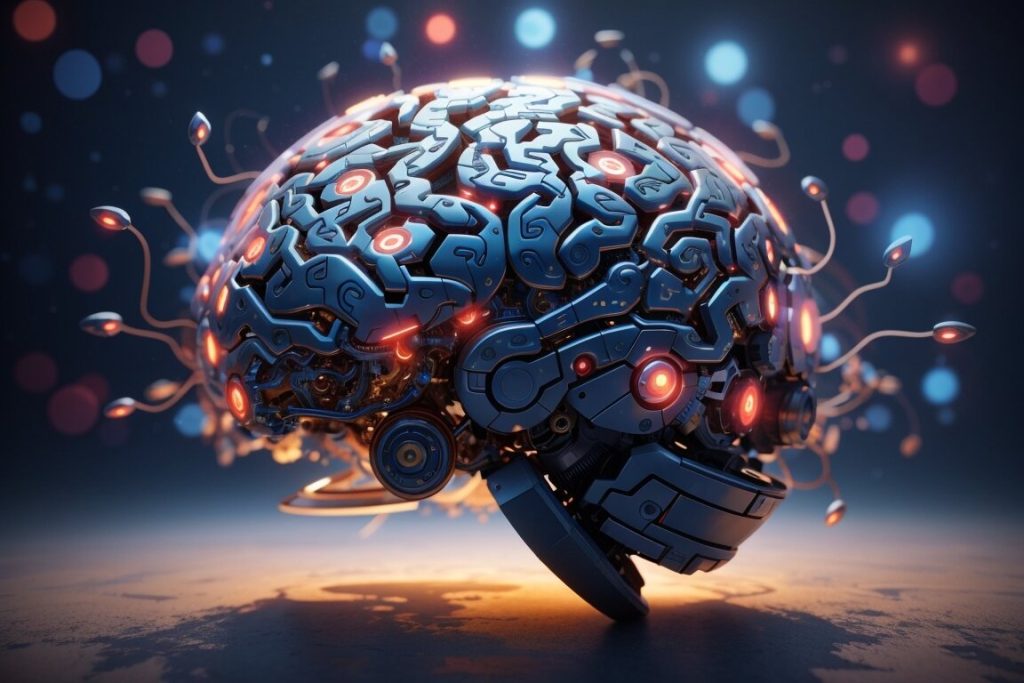Researchers from the University of Lausanne (UNIL) and the Wyss Center for Bio and Neuroengineering in Geneva have made a groundbreaking discovery.
They have identified a subset of astrocytes that respond to specific stimuli, modulating neuronal activity and controlling the level of communication between neurons.
This breakthrough discovery highlights just how much we still have to learn about the intricate workings of the human brain.

This new paradigm of computing, known as neuromorphic computing, aims to emulate the structure and function of the brain through artificial neural networks.
Traditional computing relies on binary logic and discrete states. Instead, neuromorphic computing utilizes analog signals and continuous dynamics to process and learn from data in a parallel and energy-efficient manner.
Why is neuromorphic computing relevant today
Neuromorphic computing today is an interdisciplinary field that draws inspiration from biology, physics, mathematics, computer science, and engineering.
It is a rapidly evolving field that holds great promise for revolutionizing various domains and applications, such as computer vision, natural language processing, robotics, and biomedical engineering. Neuromorphic computing offers new insights into the nature of intelligence and cognition.

Researchers have proposed several approaches to create artificial neural networks that can store and modify information based on their inputs and outputs.
Examples of neuromorphic projects
- IBM’s TrueNorth chip, a low-power neurosynaptic processor that implements a highly-parallel, scalable, and defect-tolerant architecture. The TrueNorth chip contains 1 million digital neurons and 256 million synapses tightly interconnected by an event-driven routing infrastructure, and is fully configurable in terms of connectivity and neural parameters to allow custom configurations for a wide range of cognitive and sensory perception applications.
- Intel’s Loihi 2 chip, a self-learning neuromorphic processor that uses asynchronous spiking neural networks to perform low-power, high-performance computations. The Loihi 2 chip has a total of 1,048,576 artificial neurons and 120 million synapses, and it can be used for various tasks, such as pattern recognition, anomaly detection, robotic control, and optimization.
- The BrainScaleS project is a European research initiative that uses mixed-signal analog-digital circuits to implement physical models of neurons and synapses on silicon wafers. The BrainScaleS systems can operate up to 10,000 times faster than biological real-time. It can be configured for different network topologies and learning rules. Various applications, such as vision, audition, motor control, and memory, are potentially feasible leveraging the BrainScaleS project.
Neuromorphic computing will significantly impact the development of artificial intelligence (AI).
By leveraging analog signals and continuous dynamics, neuromorphic computing can improve the speed, accuracy, and adaptability of AI applications while overcoming traditional computing’s limitations, such as latency, power consumption, and scalability.
Specialized hardware devices like memristors can store and modify information based on inputs and outputs, enabling new domains and applications for AI.
This will lead to more natural and intuitive interactions between humans and machines, Moreover, more creative and innovative problem-solving approaches will become available.
In essence, neuromorphic computing is the missing piece of the puzzle that humanity has been striving to complete in order to achieve artificial general intelligence, AI’s holy grail.
What do you think? How do you see the future of AI? Leave your thoughts in the comments below.
For more business and entrepreneurship tips, subscribe to our weekly newsletter and follow us on Twitter, Facebook, Instagram and LinkedIn.

